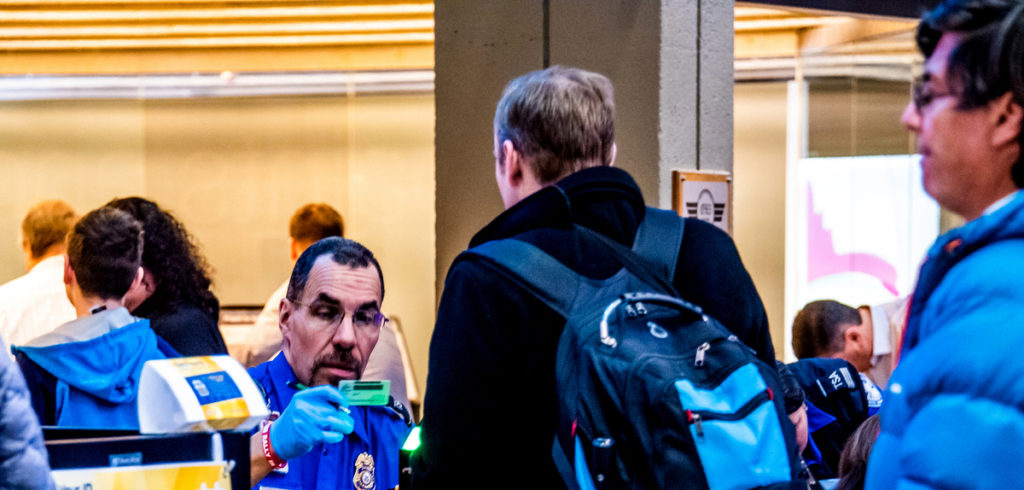New technology coming to airports across the USA will make it possible for Transportation Security Administration (TSA) agents to move passengers through security without checking their boarding passes.
Known as Credential Authentication Technology, or CAT, the computer system scans a traveler’s government-issued ID to verify its authenticity. The technology then cross-references the data with the TSA’s vetting database, known as Secure Flight, and confirms that the passenger is listed on a flight that day.
The new authentication system improves efficiency and enhances airport security, according to TSA public affairs spokesperson Lisa Farbstein.
“That’s key for us,” Farbstein added. “We want to make sure that the person standing in front of us is the person that they’re claiming to be.”
According to Farbstein, the TSA expects to have roughly 500 CAT systems installed at US airports by the end of February. Airports already using the technology include Pittsburgh International, Austin-Bergstrom International, Phoenix Sky Harbor, Seattle-Tacoma, Charlotte Douglas International and Miami International.
CAT systems are not currently used in every lane of an airport’s security checkpoint, as the TSA is working to train officers on the new equipment and hopes to continue installing more.
Local TSA representatives have installed one system at Pittsburgh so far, for example. Travelers in lanes without the new technology will still be asked for their boarding pass.
“Basically, it makes it harder for someone to use a fake ID,” said Farbstein. “The system provides TSA officers with enhanced detection capabilities for identifying fraudulent or expired identification and boarding documents.”
The authentication system works in conjunction with Secure Flight, which pre-screens passengers after they purchase airplane tickets, to identify known or suspected terrorists and others who could be a threat to transportation or national security. The system checks the traveler against such databases as the No Fly List and Terrorist Screening Database.
Travelers must still check in for their flights, either online or at the airport, and still need a digital or paper boarding pass at the gate.
Farbstein urged travelers to make sure the information listed on their boarding passes matches their government-issued IDs, pointing out that the CAT machine needs to see a 100% match. If it doesn’t, the passenger involved will be sent back to the check-in counter to have the airline re-enter their boarding pass with the name that matches their ID.
The new technology will work with all of the TSA’s accepted forms of identification, which include Real IDs, drivers licenses, US passports and passport cards, and US Department of Defense IDs.
From October 1, 2020, American travelers will not be allowed through security checkpoints in US airports without Real ID, a federally mandated form of identification that meets increased security standards for state-issued driver’s licenses and identification cards.


